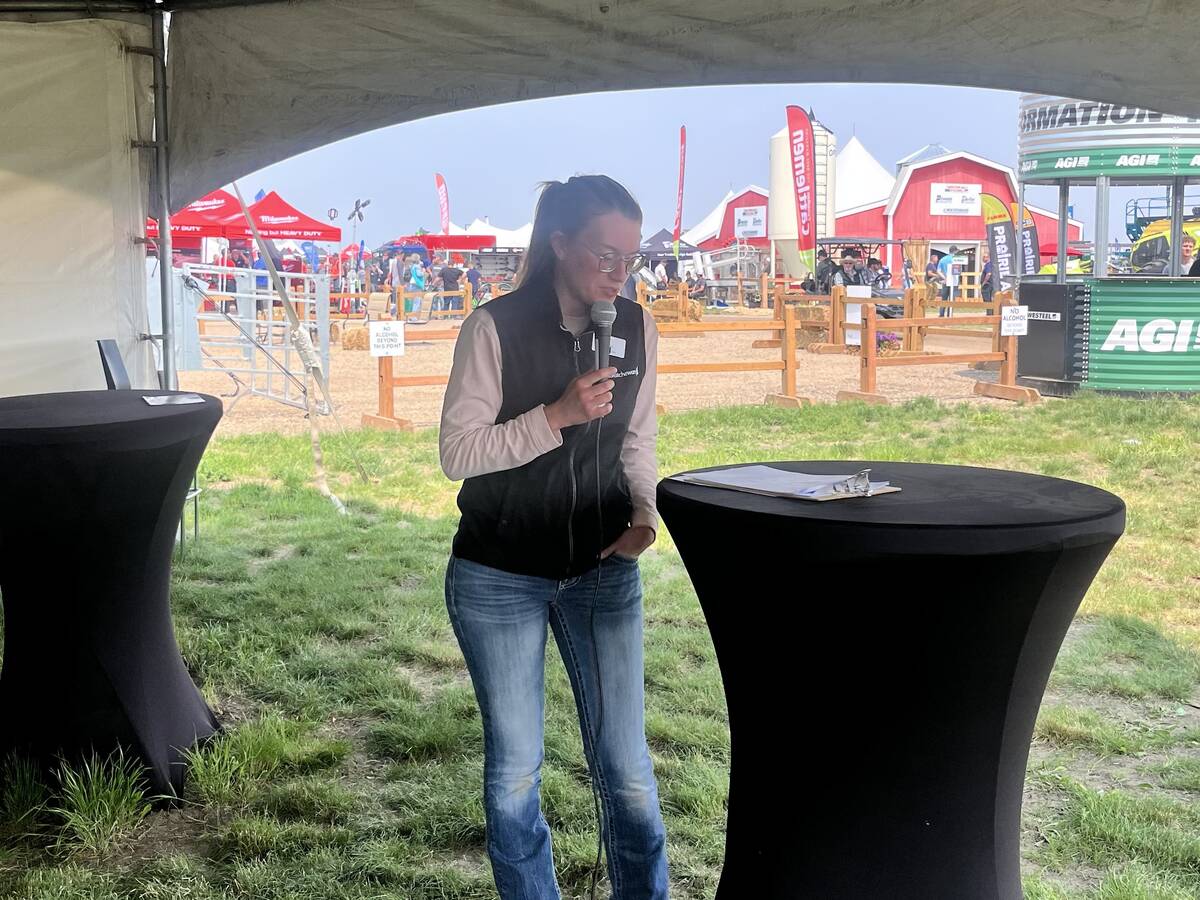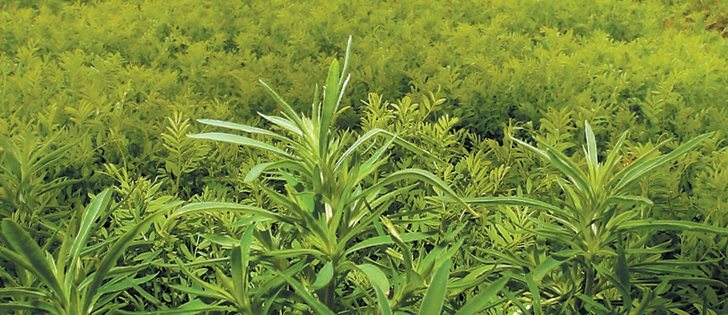WELTON, Iowa (Reuters) — Bob Bowman ran his hand over a slender green corn leaf on his Iowa farm and sighed.
“This corn should be as high as my head right now, and it is only waist high,” he said, as a cool morning breeze belied the mid-30 C temperatures forecast to descend by afternoon in Welton, Iowa.
“If we get rain real quick here, we might be down 25 percent,” said Bowman of prospective losses from the persistent dryness. “If we don’t get rain in the next two weeks, it will be a lot more serious.”
Read Also

Ag in Motion speaker highlights need for biosecurity on cattle operations
Ag in Motion highlights need for biosecurity on cattle farms. Government of Saskatchewan provides checklist on what you can do to make your cattle operation more biosecure.
Bowman farms 2,200 acres in east-central Iowa in one of the midwestern state’s highest production areas.
There may not be much to brag about this year, however.
After getting off to a record-fast planting pace following the mildest winter in decades in the Midwest that promised a record harvest, the corn crop got into trouble when rains became scarce, especially during pollination when yields are set.
And a scorching heat wave hit the state recently.
Taking a cue from a deteriorating crop, the U.S. Department of Agriculture last week cut its estimate of this year’s corn production by 12 percent, slashing the average yield by 20 bushels to 146 per acre.
Prices of corn futures at the Chicago Board of Trade have surged 40 percent this summer in the wake of the worst drought in about 25 years in the Midwest grain belt.
Since other crop prices follow corn, Canadian farmers who manage to bring in good harvests stand to reap significantly higher prices for their grains, should current conditions continue.
In Iowa, the top U.S. corn-growing state, there is still time for fields to make at least half to three-quarters of their production potential. But some are already too far gone.
All of Iowa is now considered as “abnormally dry,” compared to none of the state a year ago, the U.S. Drought Monitor reported.
About 13 percent of the state is now in severe drought, with the worst-hit areas in the east-central section and southeastern corner of the state. The entire eastern half of Iowa is in at least moderate drought.
In Missouri, the misery is amplified. Corn farmers are watching weather forecasts and praying for rain while ranchers who have seen their pastures burn up in the heat are scrambling to secure hard-to-find and high-priced hay and grain to feed their animals.
“The drought is very serious all the way across Missouri,” said Eddie Hamill, state director of the USDA’s Farm Service Agency.
Neal Keppy, a 35-year-old corn grower in Eldridge, Iowa, said he’s never seen conditions this dire. Of his 1,200 acres of corn, he has lost hope for roughly half the crop.
One field is so bad he has stopped treating it with fungicides and insecticides, essentially letting disease and insects take what the drought has not yet killed.
“I have never seen anything like this,” he said.
Land in this part of Iowa goes for $10,000 an acre or more and is known for its rich soils and good rainfall.
The area typically boasts some of the highest production in the state, but this year things are starkly different.
“I see a whole lot more stalks without ears on them than do have ears,” said Keppy. “We need to get some rain.”
















